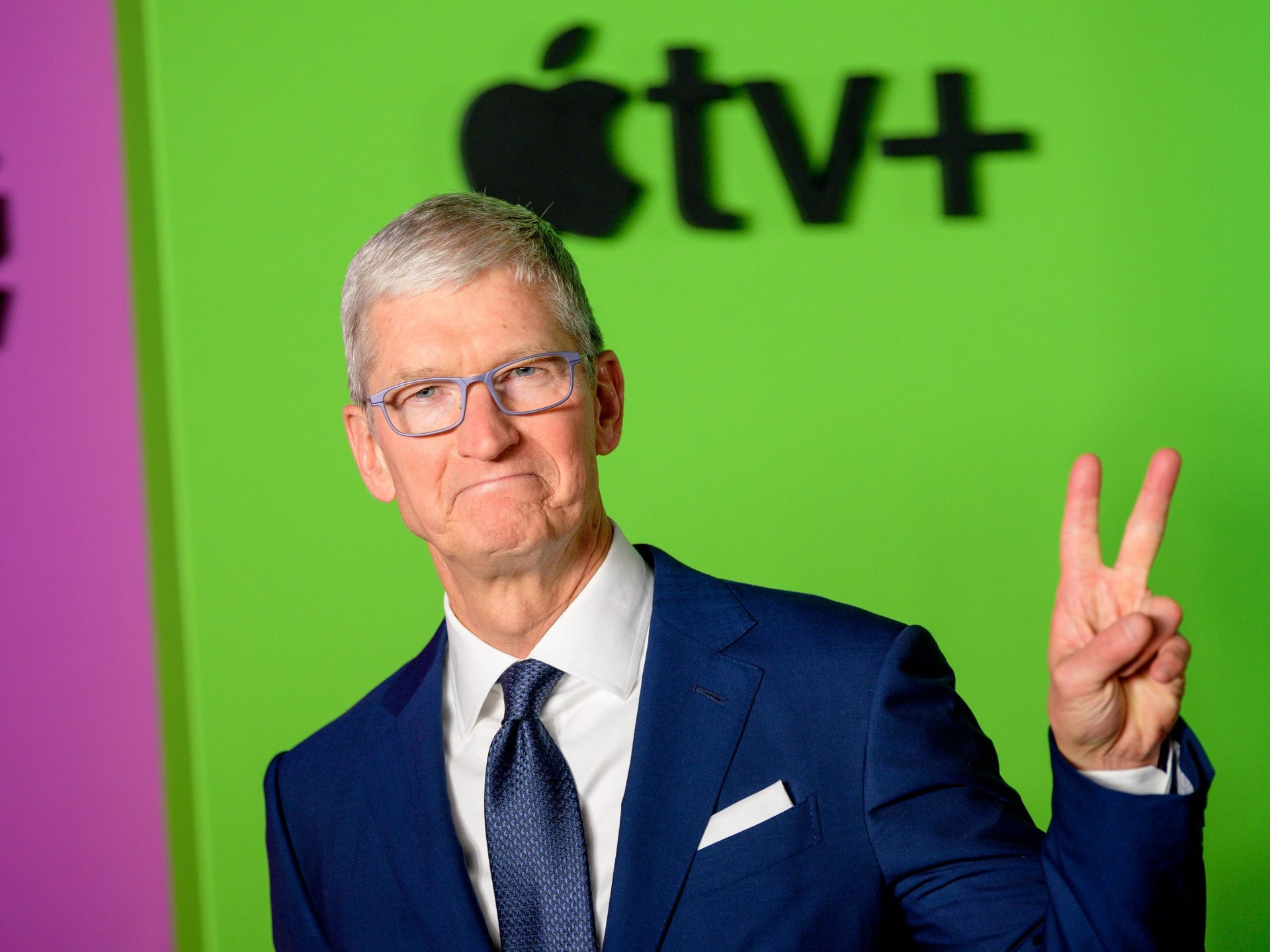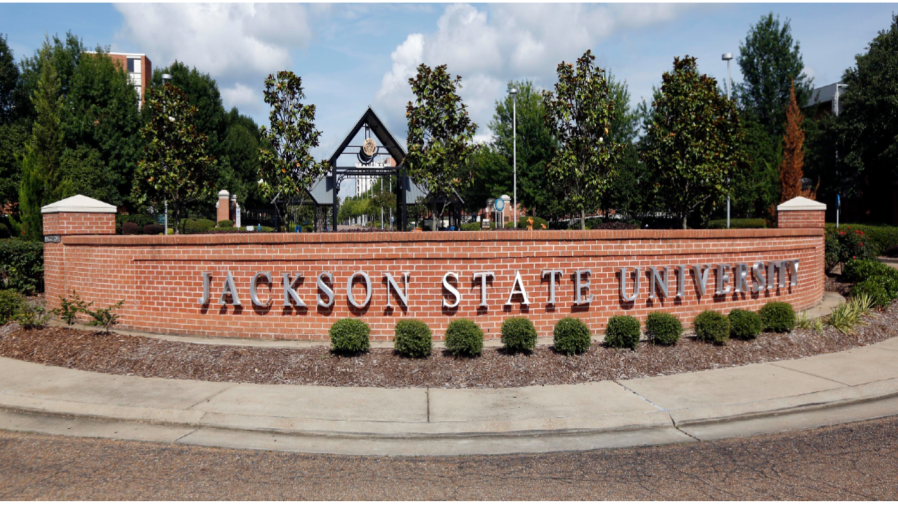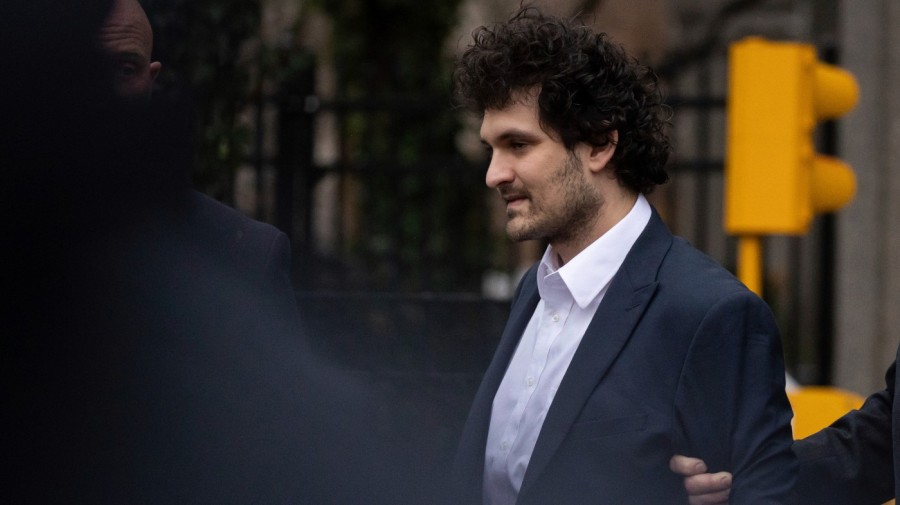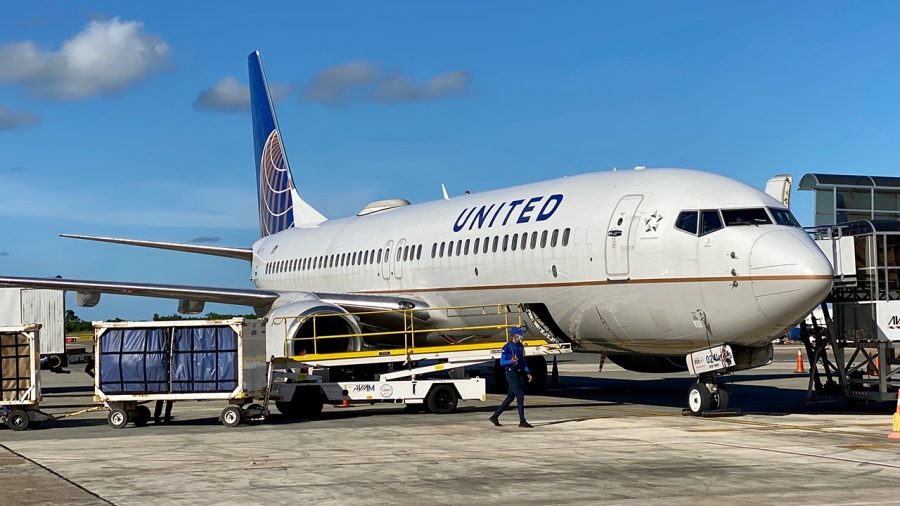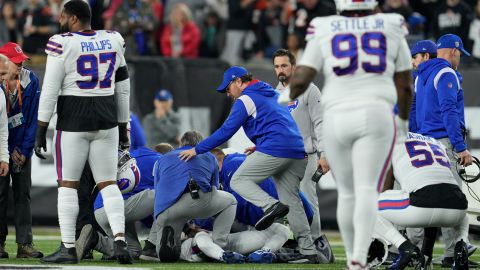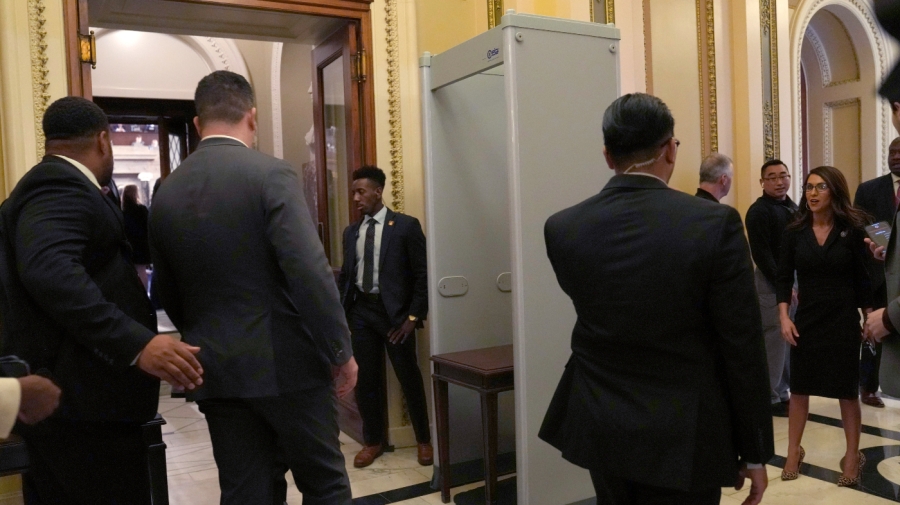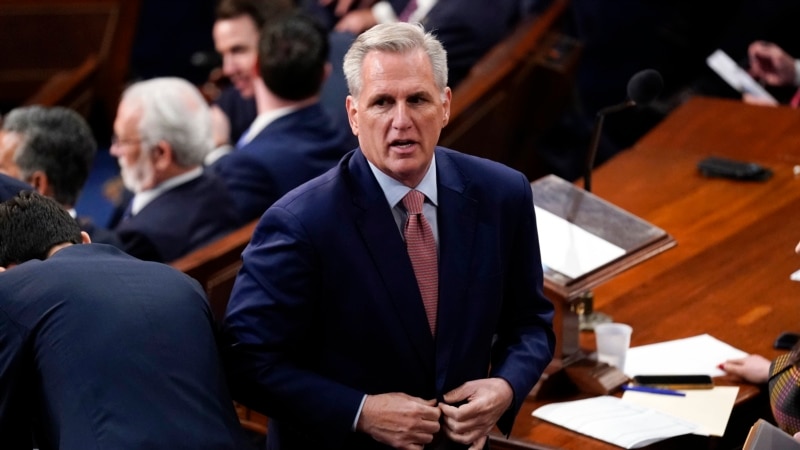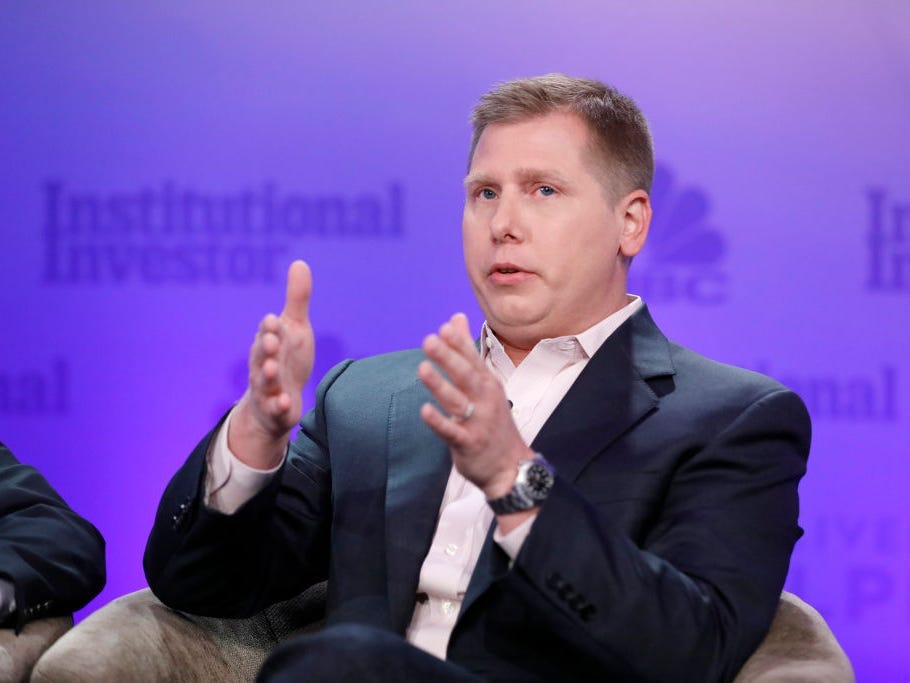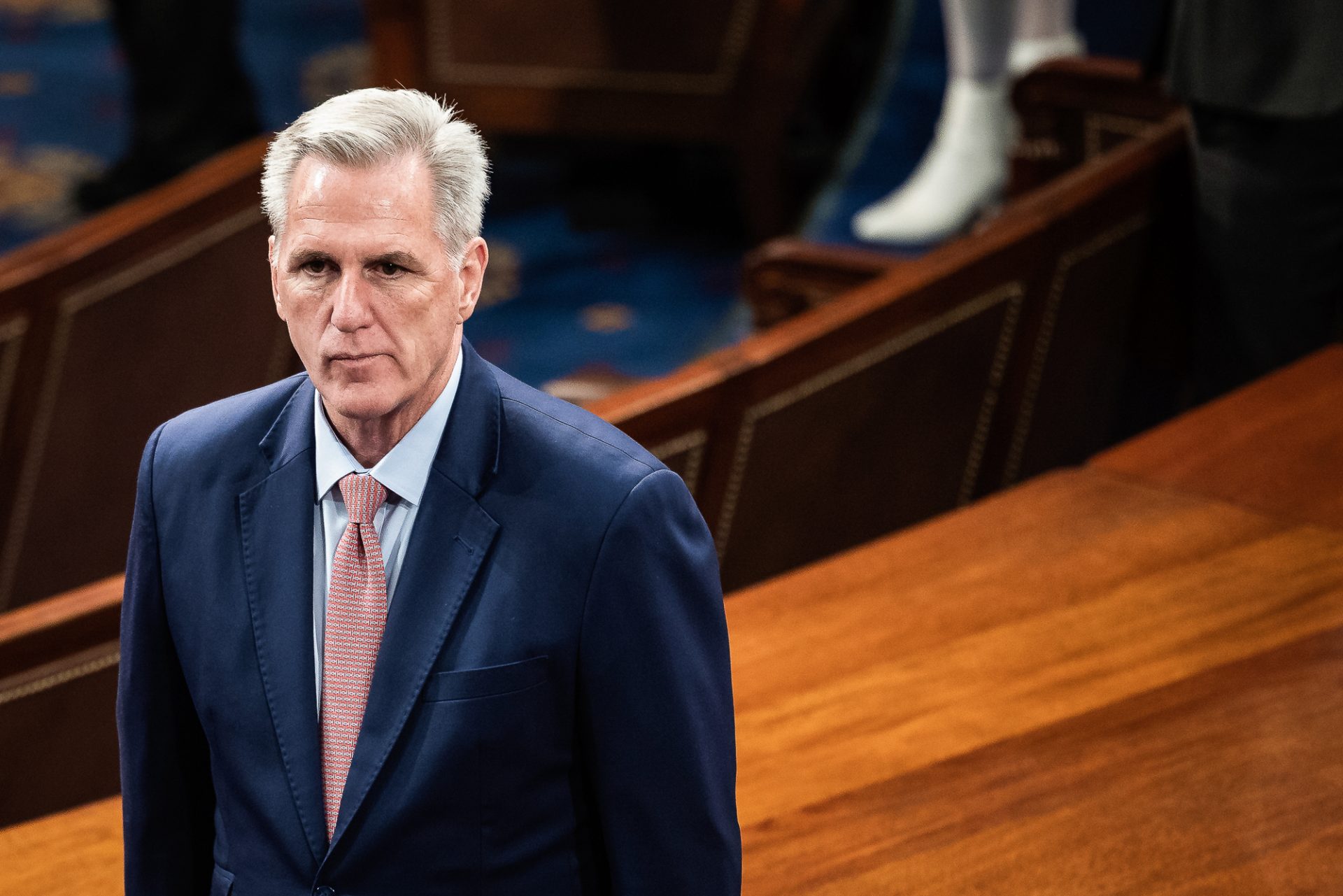CNN
—
Buffalo Bills safety Damar Hamlin still is in critical condition after the 24-year-old suffered a cardiac arrest and collapsed on the field during Monday night’s game in Cincinnati, his team said Tuesday, a stunning moment that left players weeping, praying and embracing as their teammate was taken away by ambulance.
“Damar Hamlin spent last night in the intensive care unit and remains there today in critical condition at the University of Cincinnati Medical Center,” the Bills said Tuesday afternoon.
FOLLOW LIVE UPDATES
Hamlin fell on his back in the first quarter just moments after getting up from an open field tackle of Cincinnati Bengals wide receiver Tee Higgins. “His heartbeat was restored on the field” and he was transferred to the medical center “for further testing and treatment,” the Bills tweeted early Tuesday.
It remains unclear what caused the cardiac arrest.
Hamlin’s collapse left players distraught – in tears, kneeling with arms around one another before returning to their locker rooms – and called to mind some of the league’s most disturbing in-game injuries. The game was suspended with nearly 6 minutes left in the first quarter and later was officially postponed – an unusual move for a league that often resumes play even after severe injuries.
The late-season game – initially anticipated as a match that would help settle playoff seeds for two AFC stalwarts – will not be resumed this week, and no decision has been made about whether it will ever be resumed, the NFL said Tuesday afternoon.
Within 10 seconds of Hamlin’s collapse, Bills team trainers were treating him. An ambulance was on the field in less than five minutes, footage shows, and he was given CPR before being taken to the hospital, according to an ESPN broadcast.
Since then, support for Hamlin – a Pennsylvania native who had played every game this season – has poured in from fans and others in pro sports, from the NFL’s Russell Wilson and JJ Watt to NBA star LeBron James. A Christmas toy fundraiser Hamlin started in 2020 swiftly raised more than $4 million.
Hamlin was intubated, and his mother, who was at the game, had ridden in the ambulance with him, said Jordon Rooney, a friend and marketing representative of the player.
“He’s a fighter all the time. … If there’s anyone that, you know, I have confidence in making it out of anything, it’s him,” Rooney, who flew from Dallas to Cincinnati after Hamlin’s collapse to be with him, told CNN on Tuesday. “He is someone who always figures out a way to come out on top.”
Hamlin’s family expressed “our sincere gratitude for the love and support shown to Damar during this challenging time” in a statement released by Rooney late Tuesday morning.
The statement thanked the Bills, the Bengals, fans and medical personnel.
Hamlin’s collapse comes as the NFL remains under intense scrutiny over how it protects participants in an inherently violent game. Changes over the past decade include pregame medical assessments of players, plus on-field and postgame assessments of those involved in hard hits, the league has said. NFL protocols regarding concussions – injuries tied to brain disease later in life – have earned criticism this season after a quarterback suffered a hard hit in a game just four days after hitting his head on the turf in a game.
The stunning play involving Hamlin happened around 8:55 p.m. ET, early in what initially was regarded as an important matchup between two AFC stalwarts – the Bills at 12-3 and the Bengals at 11-4 – trying to stay in contention for top conference seeding in the approaching NFL playoffs.
With the Bengals up 7-3, Higgins caught a short pass in Bengals territory and ran a few yards near midfield, where Hamlin met him.
Higgins lowered his right shoulder and drove into the chest of Hamlin, whose arms were out wide anticipating a tackle. Hamlin, now falling back, wrapped his arms around Higgins’ shoulders and neck and twisted Higgins to the ground with him.
Hamlin stood up and appeared to adjust his face mask, then shortly afterward fell backward. A referee whistled for the clock to stop with 5:58 left in the quarter, and Bills staff rushed to the motionless player.
Soon, three teammates took their helmets off and knelt as Hamlin remained motionless. Minutes later, after two ESPN commercial breaks, most players for both teams were on the field looking on with concern, including Bills wide receiver Stefon Diggs, shown with a tear-streaked face.
Bills players and staff eventually gathered in a circle, kneeling on the field in prayer as an ambulance drove off the field with Hamlin.
“After Hamlin was taken away by ambulance … some players just sat staring out at the field; other players were hugging each other. Other guys were openly weeping,” ESPN’s Lisa Salters said in the live broadcast.
By 9:16 p.m., after the teams’ head coaches talked to each other on the field surrounded by game officials, Bills coach Sean McDermott motioned for his team to get back to their locker room, and the crowd was told the game would be temporarily suspended. The crowd cheered as players retreated to the tunnel.
Some of Hamlin’s teammates decided to stay in Cincinnati while the rest of the team travels back Tuesday morning to Buffalo, NFL Executive Vice President of Operations Troy Vincent, who played in the league for over a decade, said in a press call. Diggs, the Bills receiver, arrived at the hospital where Hamlin was being treated late Monday night, ESPN’s broadcast showed.
Cardiac arrest results from electrical disturbances that cause the heart to suddenly stop beating properly, and death can be quick if help isn’t rendered immediately. It is not the same as a heart attack or heart failure.
The league announced after 10 p.m. ET that the game was postponed.
After his collapse Monday, neither of the teams’ coaches or players asked to continue playing, Vincent said. The NFL and the NFL Players Association agreed to postpone the game, the NFL said.
“I’ve never seen anything like it since I’ve been playing,” he said. “So, immediately, my player hat went on. How do you resume play after you’ve seen such a traumatic event occur in front of you in real time?”
The NFL rightly decided to postpone because the players “were not in the state of mind to be able to finish that game,” Indianapolis Colts safety Rodney McLeod Jr. told “CNN This Morning” on Tuesday.
Players are used to experiencing injuries in the NFL, but Monday was different, he said.
“In my 11 years in the NFL I’ve never experienced anything like that. And that brings the reality of the sport to life,” McLeod said. “We’re talking about a man who collapsed, who laid breathless, who unfortunately is fighting for his life.”
The NFL has seen devastating in-game injuries before, including temporary or permanent paralysis of players including Darryl Stingley (1978), Mike Utley (1991), Dennis Byrd (1992) and Ryan Shazier (2017).
CPR previously had been performed on players during NFL games at least twice, including one incident in which the player died.
In 1971, Detroit Lions receiver Chuck Hughes, 28, collapsed near the end of a home game against the Chicago Bears, and CPR was performed on the field, according to the Detroit Free Press. The game’s last 62 seconds were played. Hughes was taken to a hospital, and players learned of his death after the game, the reports said.
In December 1997, Lions linebacker Reggie Brown stopped breathing after suffering a serious spinal cord injury while making a tackle in a home game against the New York Jets, The Detroit News reported. After CPR was begun, he was taken to a hospital, and though players were shaken, the game resumed. Brown eventually would regain mobility after surgery and rehabilitation, but the injury ended his football career.
Monday’s Bills-Bengals game was to be their second-to-last of the regular season. The postponement throws into question how the teams’ regular seasons will end and how that will affect playoff seeding.
NFL Commissioner Roger Goodell, “after speaking with both teams and the NFLPA leadership,” told the clubs that the Bills-Bengals game “will not be resumed this week,” the league said Tuesday.
“The NFL has made no decision regarding the possible resumption of the game at a later date,” the league said.
This coming weekend’s schedule – which was to be the final slate of regular-season games for all teams – has not changed, the NFL said Tuesday.
That means on Sunday, the Bills are scheduled to host the New England Patriots, and the Bengals are set to host the Baltimore Ravens. But unlike other teams, which will be playing their 17th contest, the Bills and Bengals would be playing their 16th full game.
The Bills and Bengals are vying with the Kansas City Chiefs (13-3) for the AFC’s top playoff seed, which would mean a first-round bye and home-field advantage throughout the conference playoffs.
Hamlin joined the Bills in 2021 as a sixth-round draft pick after playing for the University of Pittsburgh in the 2016-20 seasons. He was redshirted – sitting out on games while still on the team – in 2016 due to injury, his Pittsburgh Panthers player bio states. He also missed time due to injuries in 2017 and 2019, the NFL site added.
Overwhelming support for him flooded in Monday night from fans and players across the sports world. The NFL Players Association tweeted Monday night that the organization and “everyone in our community is praying for Damar Hamlin.”
“We have been in touch with Bills and Bengals players, and with the NFL. The only thing that matters at this moment is Damar’s health and well being,” the players association said.
Los Angeles Lakers basketball star James applauded the decision to postpone the game after the medical emergency.
“It’s definitely the right call,” he said after the Lakers game against the Charlotte Hornets Monday night, adding, “The safety of players in all sports is always the most important. It was a terrible thing to see.”
“My thoughts and super prayers go up to the skies above for that kid’s family, for him, for that brotherhood of the NFL, and everybody who’s a part of the NFL family,” James said.
Well wishes and prayers were sent by several star athletes, including Denver Broncos quarterback Wilson, Chicago Bears quarterback Justin Fields, Baltimore Ravens quarterback Lamar Jackson, and free agent Odell Beckham Jr.
Watt, an Arizona Cardinals defensive end, tweeted, “The game is not important. Damar Hamlin’s life is important. Please be ok. Please.”
In the hours after Hamlin’s collapse, the Christmas toy drive fundraiser he started had raised more than $4 million as it was flooded with donations from supporters rooting for his recovery.
The player created the drive to raise money to buy toys for children in a Philadelphia community, writing at the time, “As I embark on my journey to the NFL, I will never forget where I come from and I am committed to using my platform to positively impact the community that raised me.”
In the hour after Hamlin’s cardiac arrest, the fundraiser had raised about $70,000 and less than 4,000 donations. But by midday Tuesday, the GoFundMe skyrocketed to more than $4 million raised from over 150,000 donations, some as high as $5,000 each.
Hamlin continued his annual toy drive tradition this year in Buffalo, signing autographs and jerseys for children who stopped by.
“(It’s) something I’ve always been into, just giving back,” he told CNN affiliate WKBW in December, adding, “For three years I’ve been doing the toy drive so just being able to extend it to Buffalo now is just something I love doing.”

